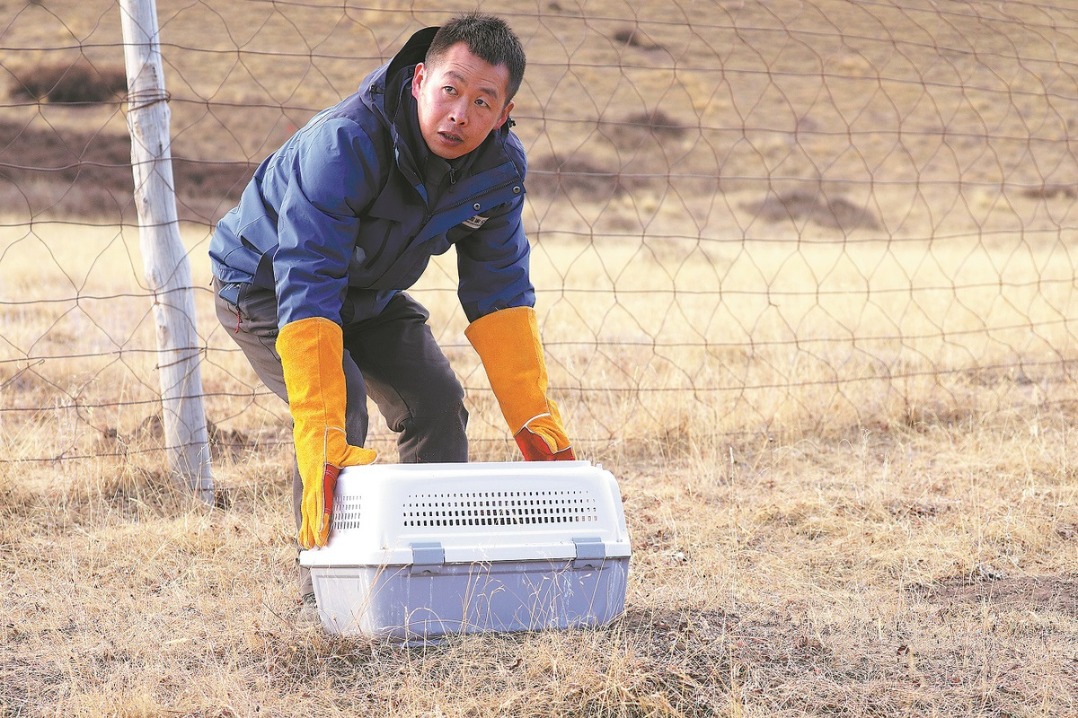Explainer: China to improve systems for supporting high-quality population development


BEIJING -- China is set to refine its population development strategy in response to an aging population and declining birth rate, as part of broader reform efforts aimed at ensuring and enhancing people's wellbeing during the course of development.
The task was outlined in a key reform resolution adopted at the third plenary session of the 20th Communist Party of China Central Committee in July.
In 2023, China's natural population growth rate was a negative 1.48 per thousand people, with those aged 65 and above accounting for 15.4 percent of the total population. China's population development faces challenges from a declining birth rate, an aging population, and regional population disparities.
The Chinese leadership has emphasized that population development is a vital issue related to the great rejuvenation of the Chinese nation. Efforts must be made to improve the overall population quality to support Chinese modernization.
According to a guidebook published this summer to help people better understand the latest blueprint of China's reforms, improving the population development strategy is necessary due to the changing population environment and conditions in China, and represents the top-level design of population work in the new era.
A sound system will be instituted to provide full life-cycle population services to all in order to promote high-quality population development, according to the resolution.
Cai Fang, chief expert of the National Think Tank under the Chinese Academy of Social Sciences, noted in an article in the guidebook that focusing on the full life cycle of the entire population aligns with the patterns of population development.
He explained that the characteristics of the population, both in quantity and quality, at each age group, not only reflect their own state and the overall population conditions but are also a consequence of the characteristics of the previous age groups, and in turn, influence the characteristics of subsequent ones.
The resolution also committed to refining the policy system and incentive mechanisms to boost the birth rate, striving to build a childbirth-friendly society.
"Building a childbirth-friendly society" is a new slogan, Cai said in a recent academic seminar about the resolution. Previously, China's population policy focused on controlling births. Over time, birth restrictions were eased, and the policy became increasingly encouraging. The resolution now sets an even clearer tone of encouragement and incentives for childbirth, he added.
To actively address population aging, the resolution lists measures such as boosting the silver economy and supporting the creation of diverse jobs tailored to elderly people.
Observers note that such resolutions typically serve as guiding documents for reform policies, with specific measures often reflected in detailed policies released subsequently.
Earlier this month, on Aug 3, two weeks after the resolution was made public in July, the State Council issued a guideline setting out 20 key tasks to advance the high-quality development of service consumption. This included detailed measures for developing the silver economy and boosting consumption in the childcare sectors.
At a press conference on Friday, Li Yongxin, head of the elderly care service department of the Ministry of Civil Affairs, pledged greater financial and fiscal support, such as tax-related preferential policies to better promote the development of China's elderly care services as part of the ministry's efforts to implement the guideline on advancing high-quality development of service consumption.
The policy of raising the statutory retirement age in the resolution has also become a key focus of attention and discussion, both domestically and internationally. According to the resolution, in line with the principle of voluntary participation with appropriate flexibility, China will advance reform to gradually raise the statutory retirement age in a prudent and orderly manner.
"It is a rational approach that balances the interests of all parties under the constraints of China's current population structure and social diversification," said Yin Xiwen, a researcher from the Tian He Institute of Labor Relations at Jilin University, in an interview with Xinhua.
In 2023, the dependency ratio of the elderly population in China reached 22.5 percent, an increase of 9.4 percentage points compared to 10 years ago. This has led to a reduction in the labor supply and created pressure on the continued disbursement of pensions.
It is important to recognize that some individuals who have reached retirement age still have the physical capability and the desire to continue working, according to the guidebook.
Population structure adjustment is a long-term issue influenced by multiple factors. Although the current policy may not lead to immediate significant changes in the population structure in the short term, it will impact the population structure in the future, Yin noted.
- China congratulates new Thai Prime Minister Anutin Charnvirakul
- World Smart Industry Expo opens in Chongqing
- Chinese hospital ship 'Silk Road Ark' sets sail for first overseas mission
- Millennium-old tomb unearthed in China's Shaanxi
- Chitchat Suchao: A tale of resilience and comebacks
- The unusual journey of a 26-year-old Tibetan language teacher




































